KJ Howe: James Swallow suggests we do judge a book by its cover, and I couldn’t agree more. We’re all influenced by color, design, and artistic bent. Studies have demonstrated that a dynamic cover can entice readers to pick up your novel and give it a try. James will delve into why covers are critical to the success of your book. James, welcome to Rogue Women Writers!
COVER ME! – The Serious Business of Book Covers
By James Swallow
Last time I wrote a piece for the Rogue Women Writers blog, I shared some notions on the importance of a good title for your book; this time I thought I’d follow on with the next most important thing – your cover.
In cooking, an oft-heard truism about presenting a meal is that “the first bite is with the eye”. In other words, it doesn’t matter if it tastes amazing, if it looks like slop, no-one will touch it. And as with food, so with books. A great piece of cover art arrests the gaze of a bookstore browser like the hook in the mouth of a fish, and if you reel them in with a cool title and a thrilling blurb… You’ve probably got yourself a sale.
But unless you are self-publishing, cover art and blurbs are not always things that an author has direct control over. But it is not an exaggeration to say that a cover that isn’t right will cost you sales, and after the fact you’ll find yourself taking every chance you get in interviews to joke ruefully about “not judging a book”, while all along grinding your teeth.
I’ve been at both ends of the cover art spectrum; I’ve had talented folks create awesome, epic art for my novels, so good that prints of it hang on the walls of my office where I get to admire them every day. And I’ve had art so off-tone that it looks like it belongs on a totally different book.

My Marc Dane novels are fast-paced, tech-savvy espionage thrillers, and I was lucky enough to find myself working closely with a terrific designer named Nick Stearn on NOMAD, the first Marc Dane book; Nick’s work was so good that he won an award for his dynamic art on NOMAD, and he set the unique tone for the covers of every book that followed in the series.
That experience proved to me that the best covers come from writers communicating with the actual people making art for your books. Generally, when an artist is commissioned they work from an editorial brief – but who knows the story better than the person who wrote it? With the chance to talk directly with artists, you can provide them with an ‘image map’ of key elements in the book to draw inspiration from, such as locations, objects, characters, tones and themes. You can tell them that the gun in the hero’s hand is a Glock 9mm in the novels, so it shouldn’t be an AK-47 on the cover.
Then there’s the blurb to consider, the paragraphs on the back of the book that gives the would-be purchaser a feel for what the work is about. It’s a good skill for an author to be able to condense a storyline down to the salient points that grab the interest of a potential reader, the turns of phrase that make someone want to experience that story.
Like the cover art, a poor blurb can focus on the wrong element of a story or misrepresent the content, both capital crimes for a reader who will feel ill-disposed toward a book that miss-sells the prose within – and next time around, that reader may not buy your new novel.
You might feel (or be told) that it’s not up to you to pick and choose how a book is covered and thus marketed; but the fact of the matter is, it won’t be the name of the cover artist or the blurb writer or the marketing guys that appear on the front of the book. You have a responsibility to the work to make sure it is packaged as appealingly and accurately as possible. You won’t win every battle, but you can make your voice heard.
You may think your job as an author is done when you deliver the final draft of the text; wrong. The creation of the cover is the last step your work takes before it goes out the door to market, and you should be a part of it.
—-
James Swallow is a New York Times, Sunday Times and Amazon bestselling author, a BAFTA nominee, a former journalist and the award-winning writer of over fifty-five books, along with numerous scripts for videogames, radio and television.
His latest novel OUTLAW is the sixth book in a series of fast-paced action thrillers featuring protagonist Marc Dane, out now from Bonnier Books in the UK and Europe; readers in North America can catch up with Swallow’s fiction in NOMAD, EXILE, GHOST and SHADOW from Forge Books.
For exclusive content, information on new releases and a free deleted scene from his debut novel NOMAD, sign up to his Readers’ Club mailing list: www.bit.ly/JamesSwallow
You can also follow James on Twitter at @jmswallow or visit him on his website at www.jswallow.com, which features more free fiction, including the original Marc Dane novella ROUGH AIR.

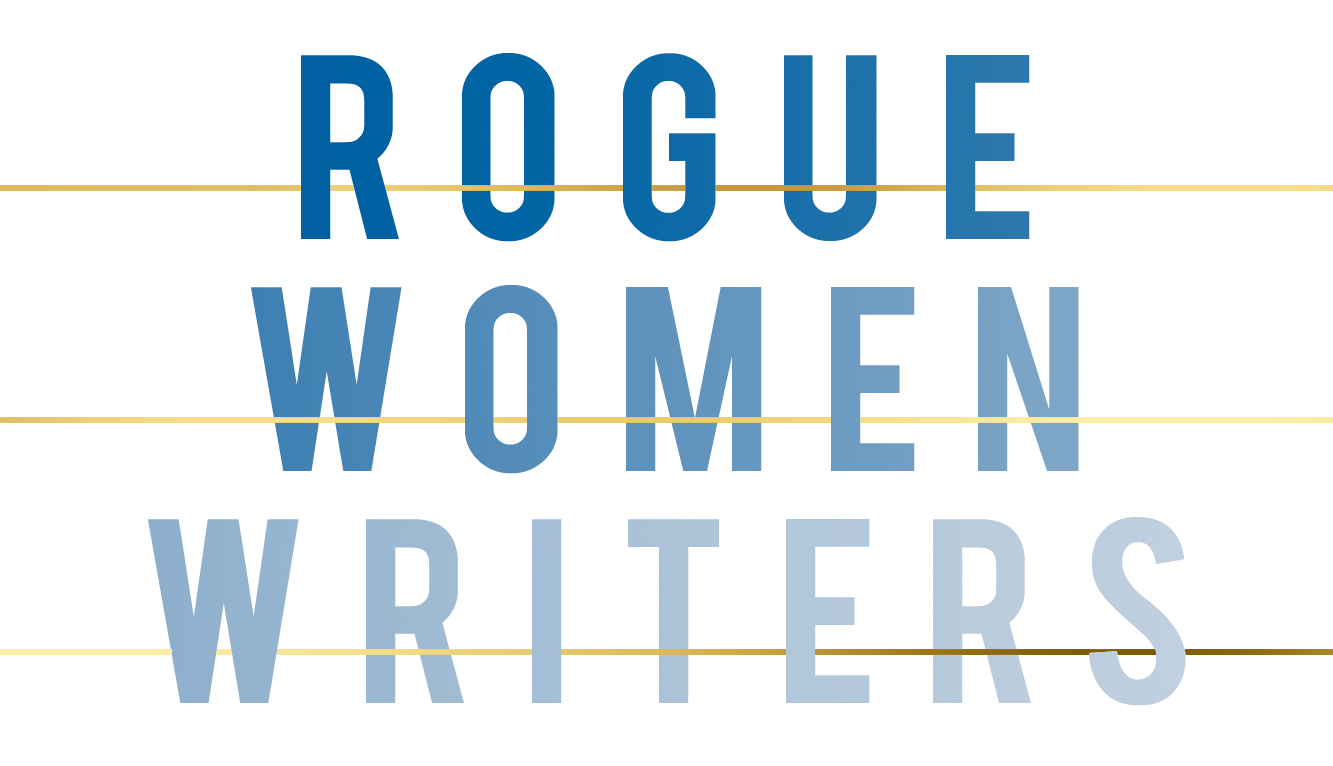
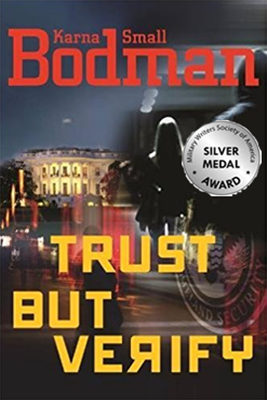
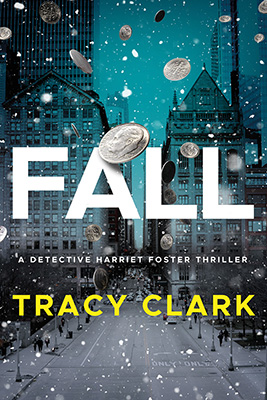
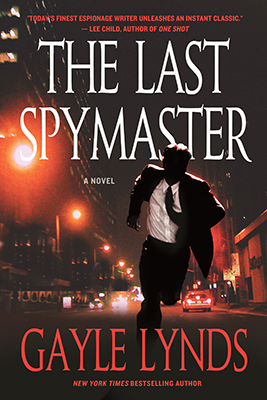
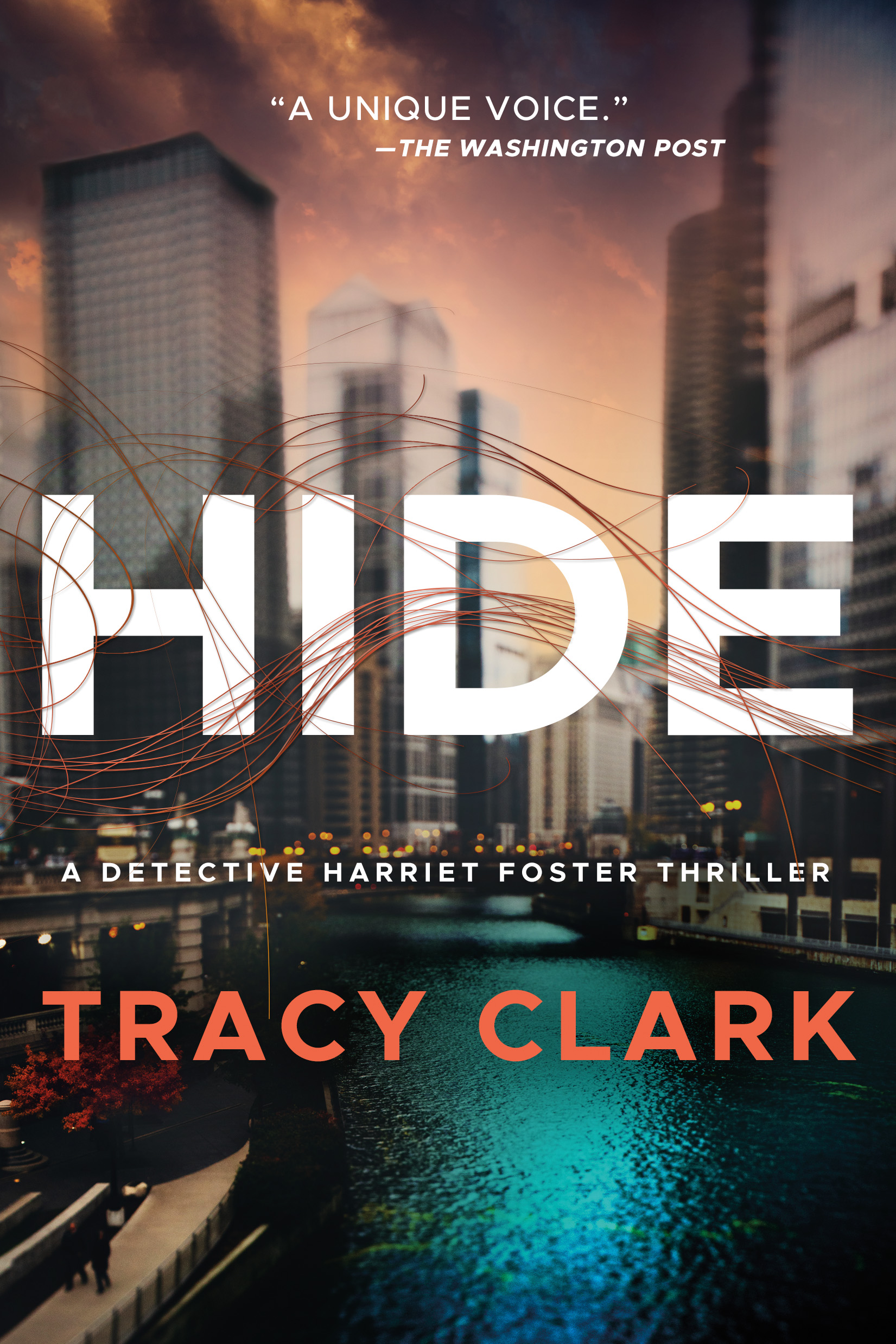
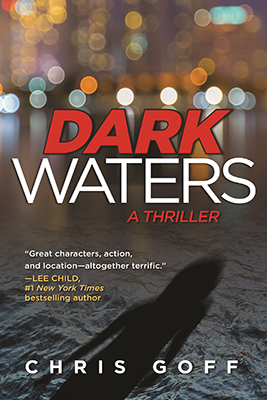
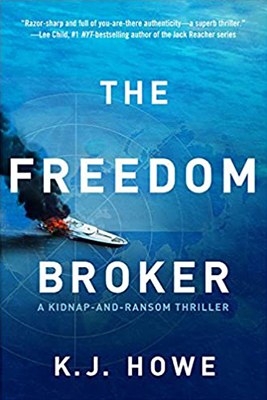
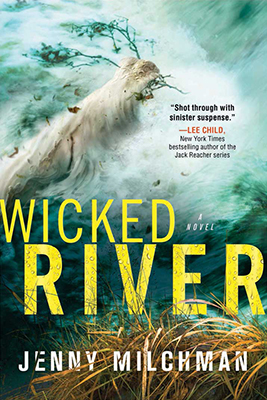
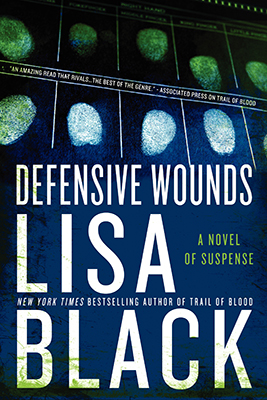
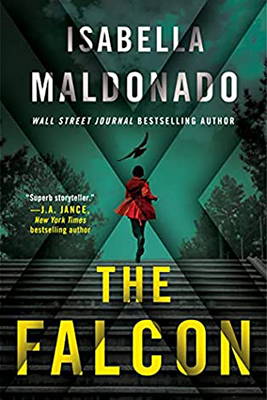
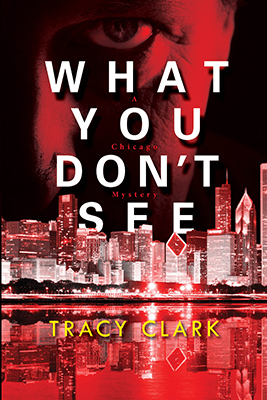
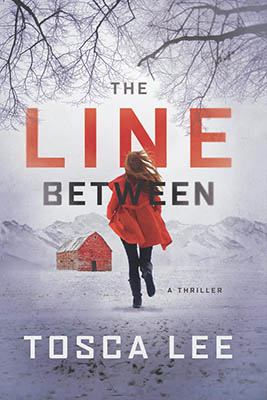
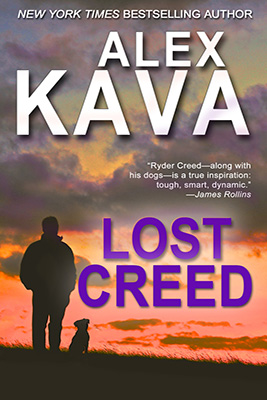
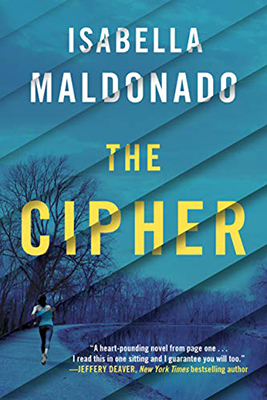
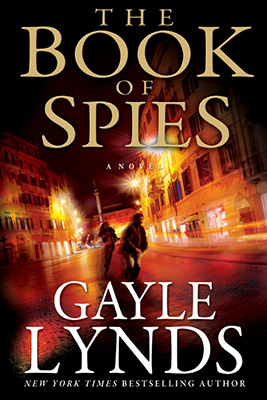
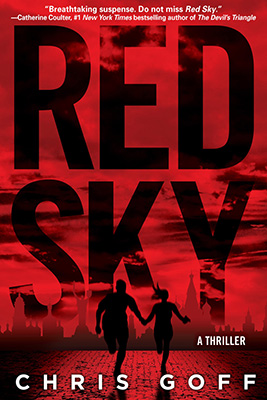
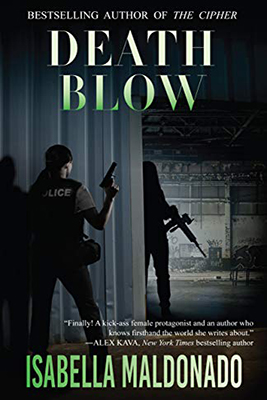
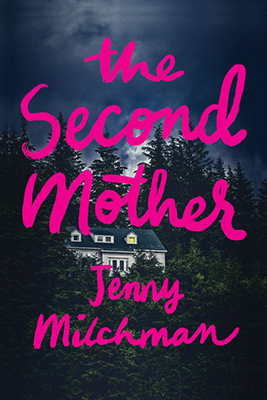
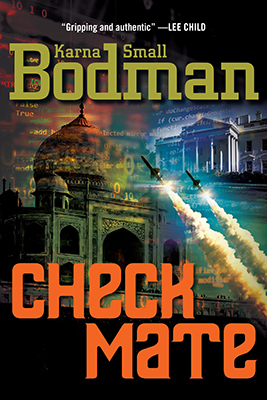
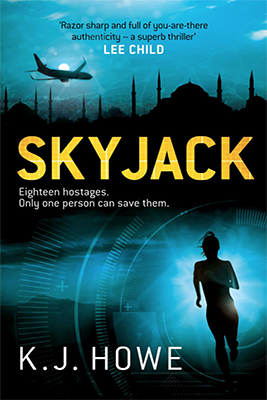
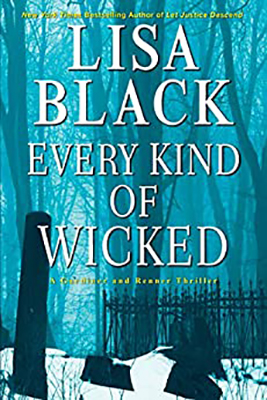
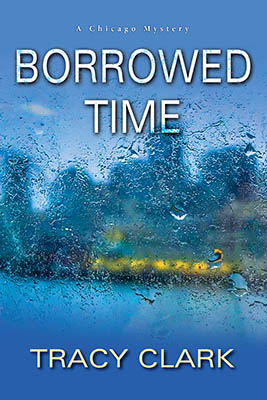
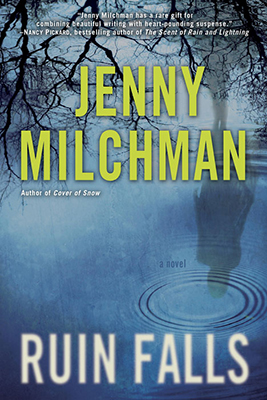
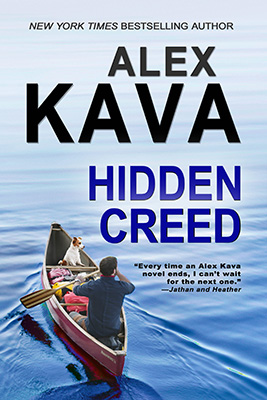
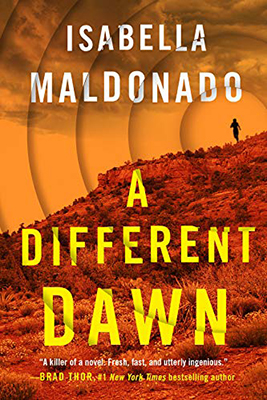
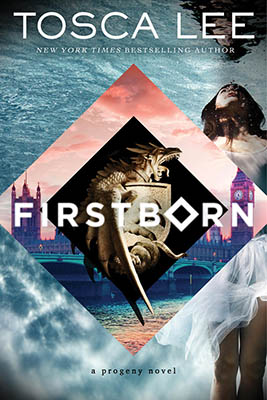
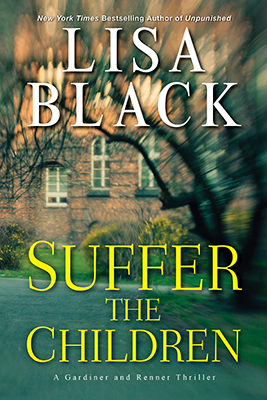

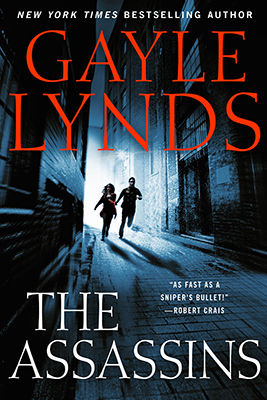

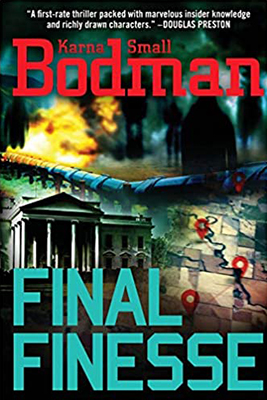
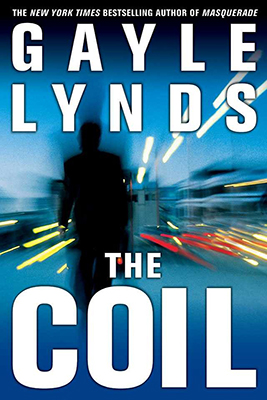
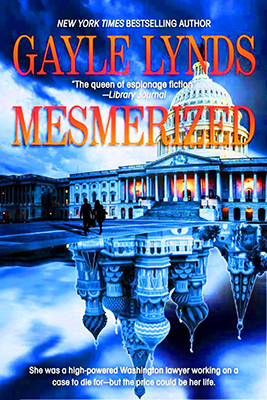
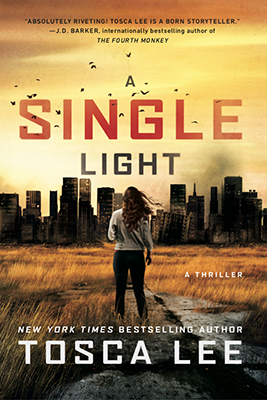
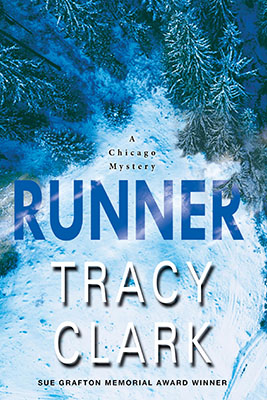
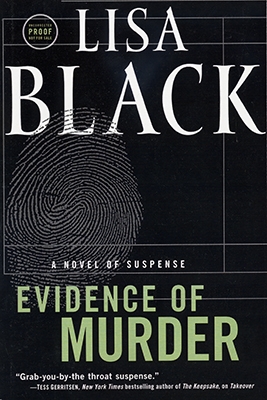
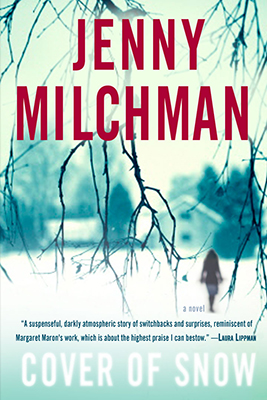
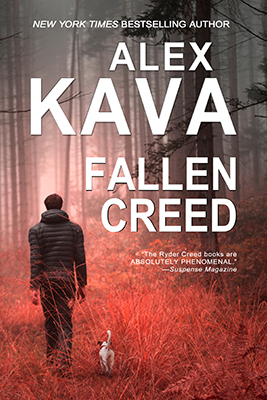
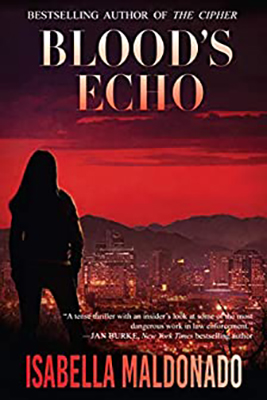
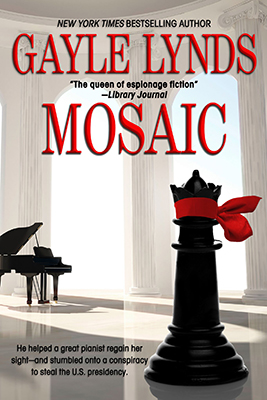
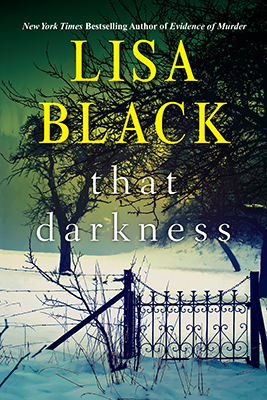
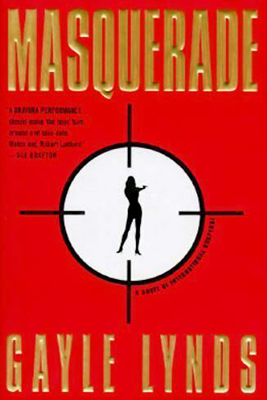
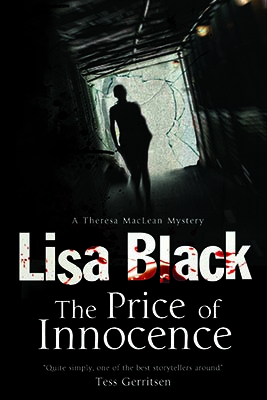
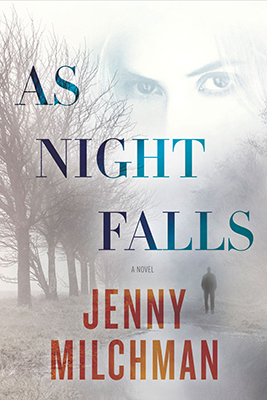
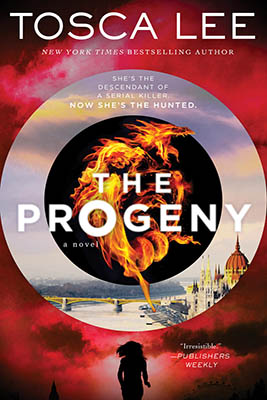
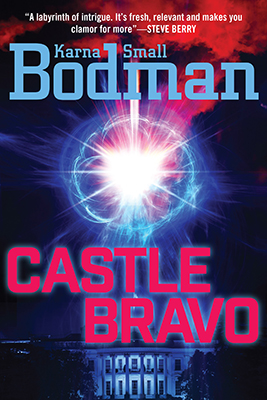
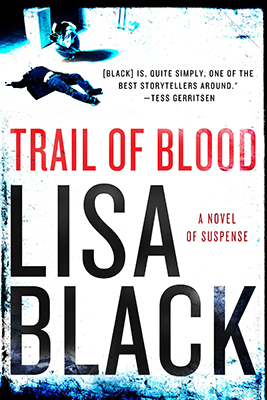
I’d love to be part of the design of my covers! But somehow I find out what they look like by stumbling across them on Amazon!
You are SO right about the importance of cover design – not only for accuracy portraying the story, but for color and cleverness to catch the eye of the potential reader. However, “illegal” can be another problem. When the Advance Reader Copies of my second White House thriller (featuring a possible attack on Air Force Two) were printed– my publisher shipped tons of those ARCs to Book Expo in NY we discovered that the cover artist had copied – precisely – the Presidential seal and it was on the cover. Using an exact replica of the Presidential seal is illegal. What to do besides redesigning the cover for the final hardback printing? The publisher put a sticker over the covers at Book Expo – then of course, everyone took copies, ripped off the stickers and many were sold on e-Bay. Oh well. Thanks for a great blog!